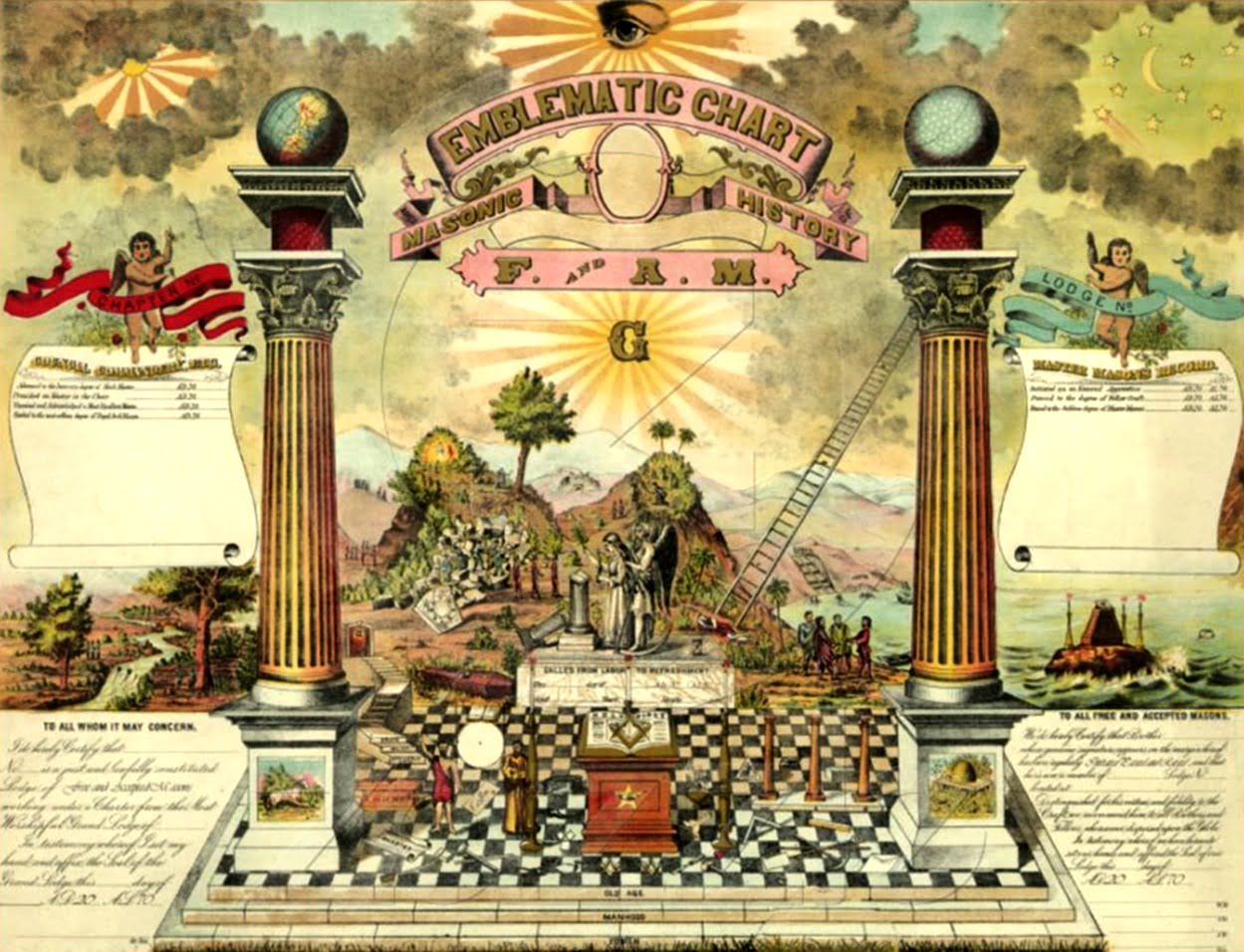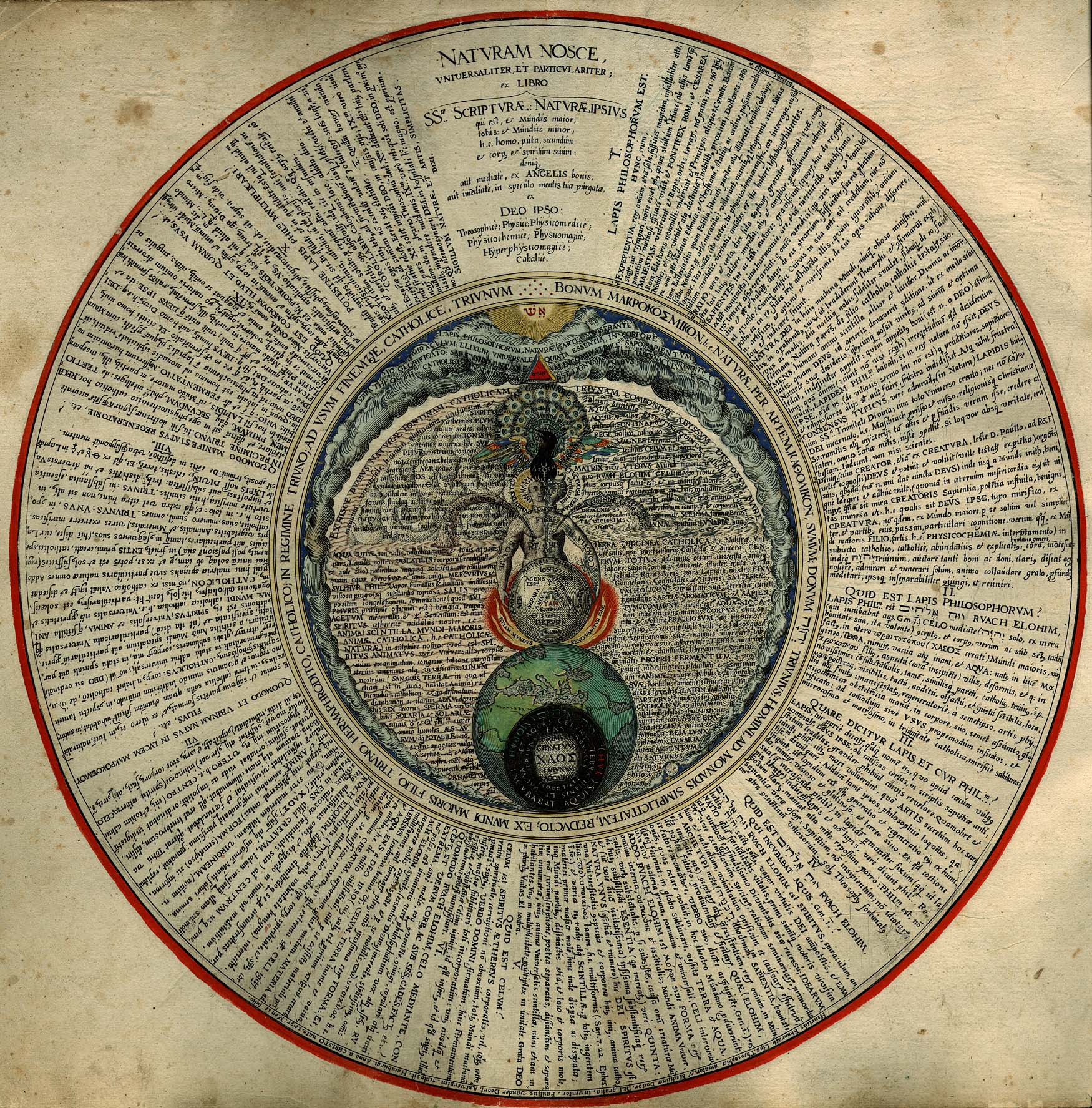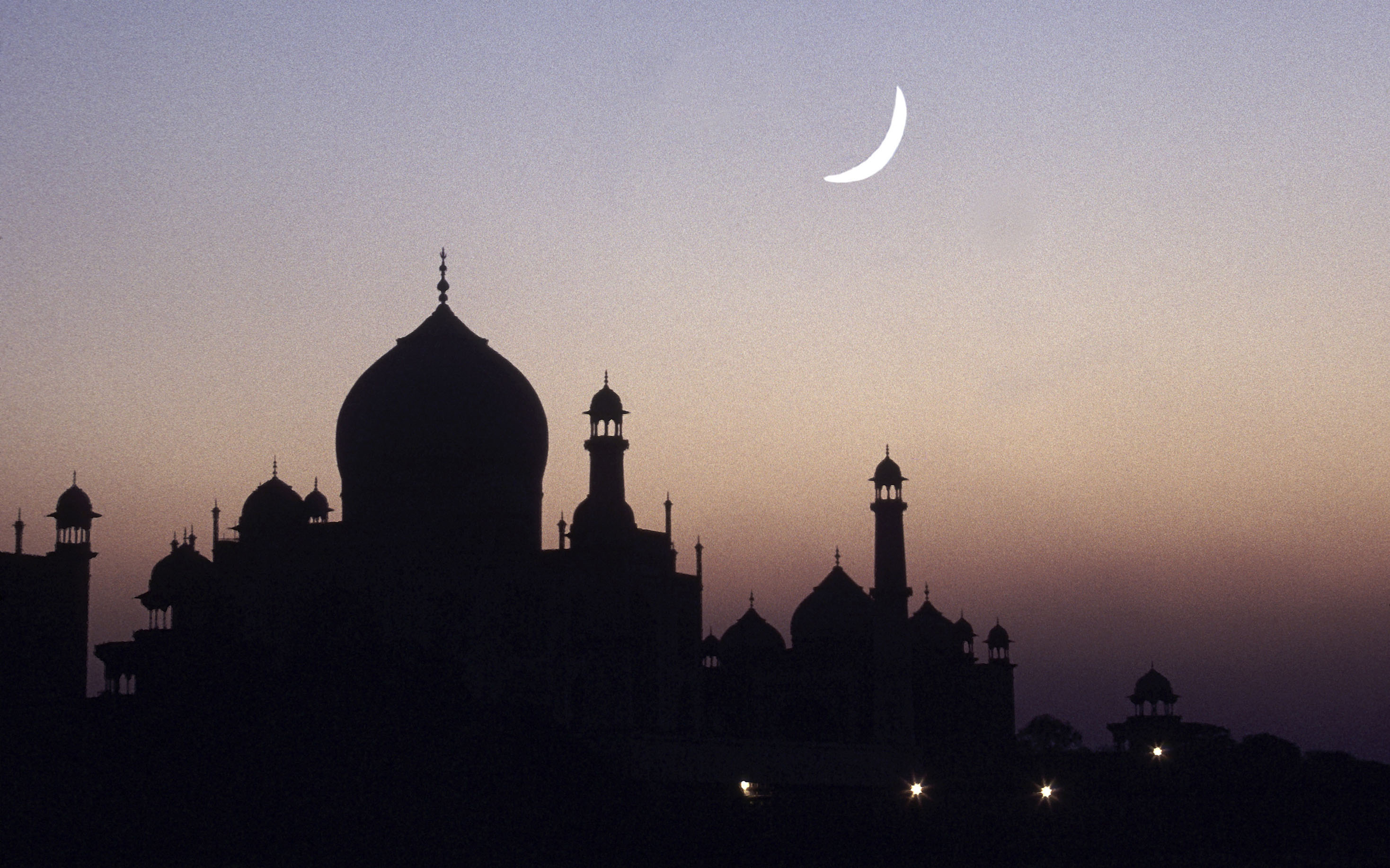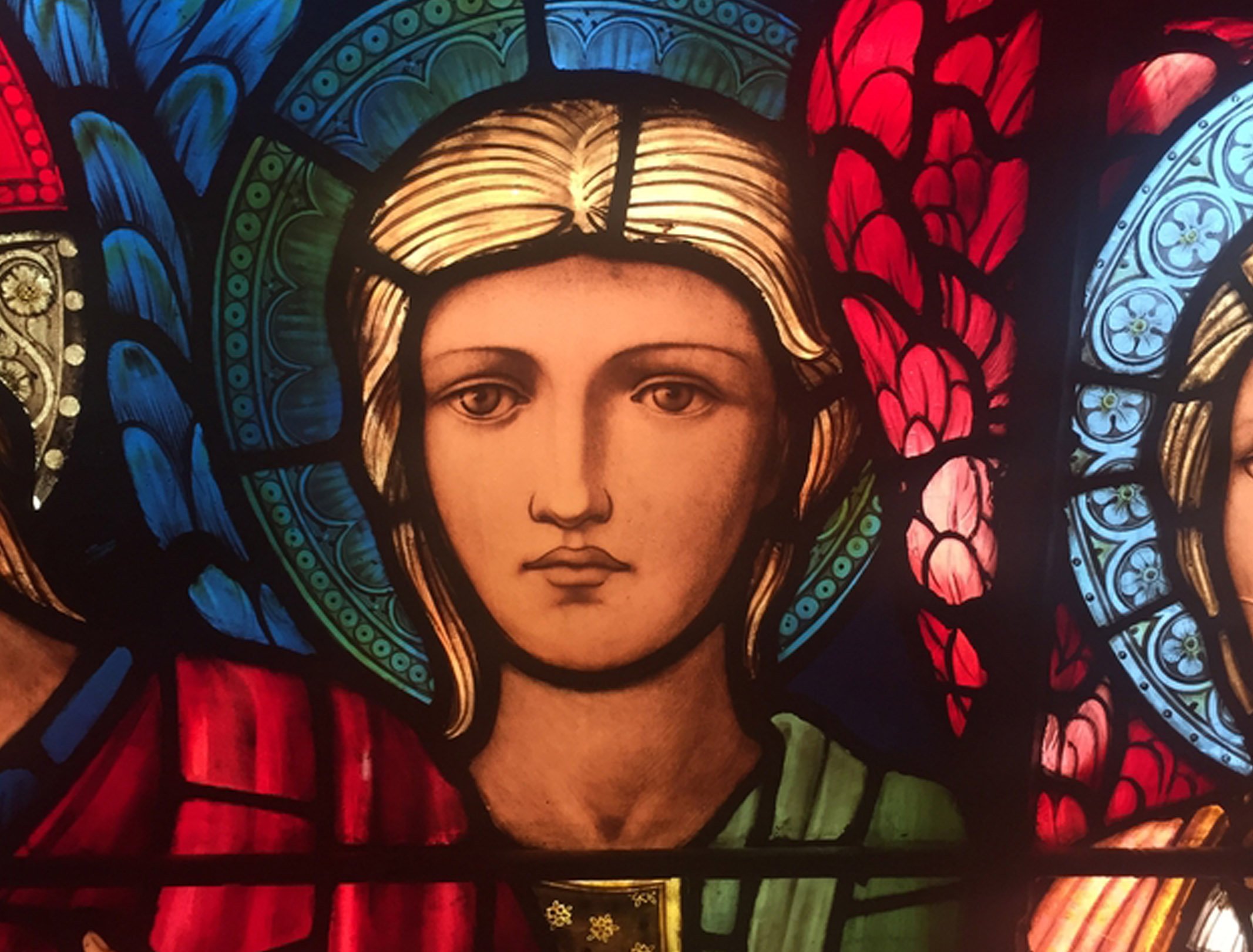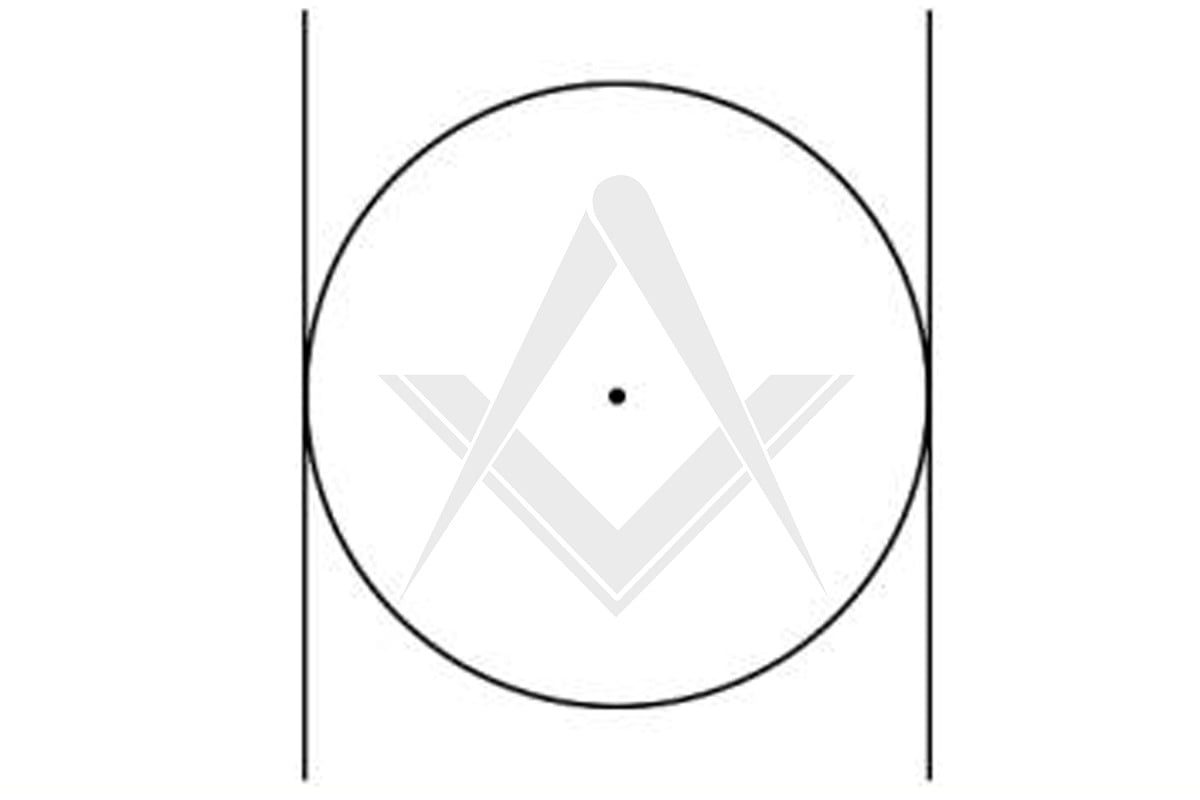The Masonic Ladder and the Great Chain of Being
THE MASONIC LADDER AND THE GREAT CHAIN OF BEING by Bro. William Steve Burkle KT, 32°, KCRBE Alpha Lodge No. 116, Grand Lodge of New Jersey Philo Lodge No. 243, South River, New Jersey Scioto Lodge No. 6, Chillicothe, Ohio. This paper examines the esoteric symbolism of the Masonic Ladder and will develop the thesis that … Read more
